Dunnet Bay has secured approval for a building warrant to convert a 200-year old Castletown Mill in Caithness into a whisky distillery near the world-famous North Coast 500 route.
The B-listed property, which will distill the new Stannergill whisky was a water-powered grain mill and comes with baronial features such as crow-stepped gables, small windows and prominent chimneys.
Castletown Mill has been through many iterations in its long existence including that of a slaughterhouse and was used by the RAF in World War Two to store camp beds and blankets for its personnel to deploy to Caithness and assist with the defence of Scapa Flow.
Close to the Castle of Mey in Caithness the mill gained some notoriety when King Charles previously expressed his desire for the property to be saved with building warrant permission from Highland Council turning that wish into a reality.
The Queen Mother had previously asked the now King Charles to carry on the work she started with the Castle of Mey Trust in Caithness and since then he has visited every year, forging a strong link with the far north.
The Castletown Mill distillery, run by Claire and Martin Murray, will be a new home for Stannergill whisky, the latest edition to be added to Dunnet Bay’s portfolio which includes Rock Rose Gin and Holy Grass Vodka.
Stannergill whisky takes its name from Stannergill Burn, which runs through the grounds where Castletown Mill is located with Dunnet Bay shooting for first-year production of 100,000 litres of pure alcohol at the site.
The Castletown Mill builders were able to divert the Highland water from the burn into an artificial channel called a mill lade which carried it to a water wheel. This then generated power to work the machinery required to grind grain into flour.
King ‘could not bear to see Castletown Mill deteriorate’
The conversion of the disused building will start next month and the old mill could become a significant landmark on the Highland whisky trail replete with a bespoke visitor facility on the North Coast 500.
Mr Murray said: “The heritage of the building grounds the new Stannergill Whisky in the character of its location.
“Locals remember working and living in the building and King Charles once said he ‘could not bear to see the Castletown Mill become more and more deteriorated.’
“Exciting times are ahead and I am particularly pleased we are able to show historic buildings can be given a new life.”
Dunnet Bay aims to incorporate sustainability in its business and to that end provides Freepost refillable pouches.
The company is also developing a bottling plant and warehouse which will incorporate an air source heat pump system for heating and cooling.
From a standing start, which included a bottling line formed using tables from a village hall sale for £25 a set, the distillery now has a staff of 14 plus two directors and two seasonal employees.
Organic Architects which has been tasked with transforming the derelict mill into its new incarnation, highlighted some of the Caithness features which will make the building stand out.
Prominent along the route of North Coast 500
Founder and director at Organic Architects Andrea Wise said: “We want to see Castletown Mill flourish again not only as a whisky distillery but also as a visitor destination.
“The former grain mill is prominent along the route of the North Coast 500, yet it has lain empty for decades. It has a heroic scale and contains large internal volumes which would never be built in a new distillery.
“Our architects and designers have beautiful plans to revitalise the building. It is made from local Caithness stone, which makes it particularly robust as befits a local distillery which will hopefully occupy the building for generations to come.”
Helensburgh-based Organic Architects is led by Ms Wise, who was a former National Trust conservation architect and eco-distilling specialist Gareth Roberts, as well as distillery construction specialist Bari Reid who is based on the Isle of Mull.
Organic Architects was among the first architects to design a number of the new wave of craft whisky distilleries projects in the UK and internationally.
Dunnet Bay Distillers is looking for artefacts and stories relating to any aspect of Castletown Mill’s history, from flour production to supporting RAF Castletown during World War Two.
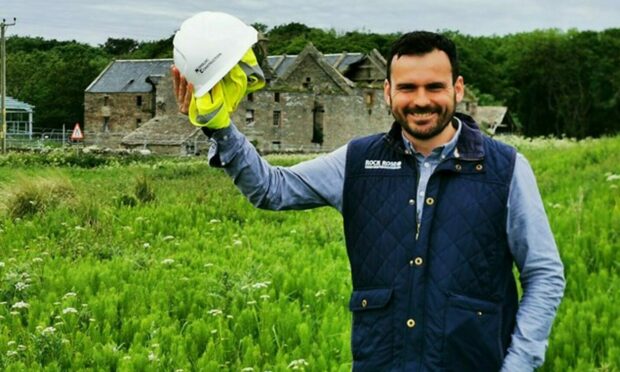
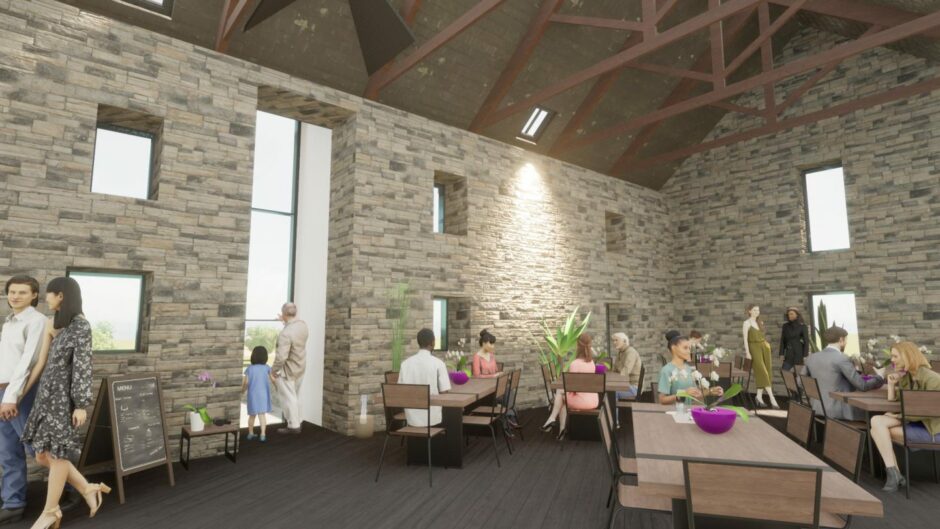
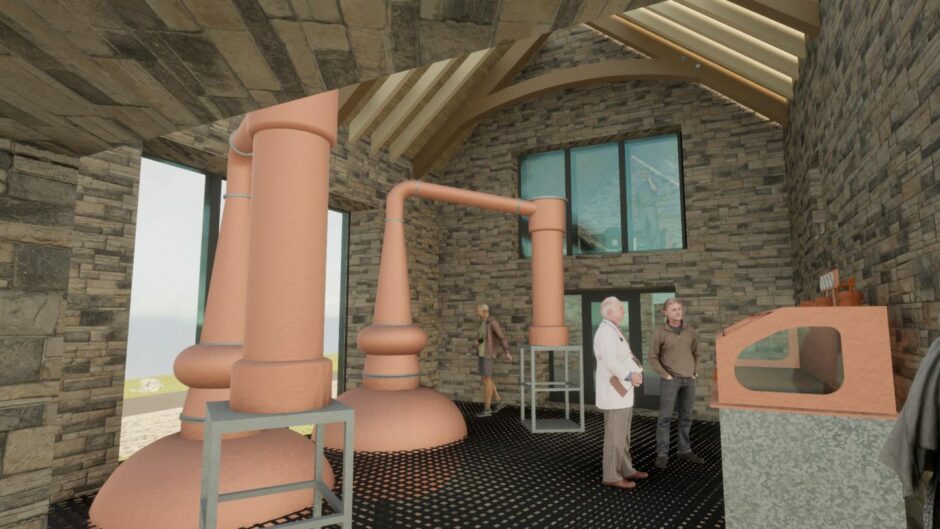
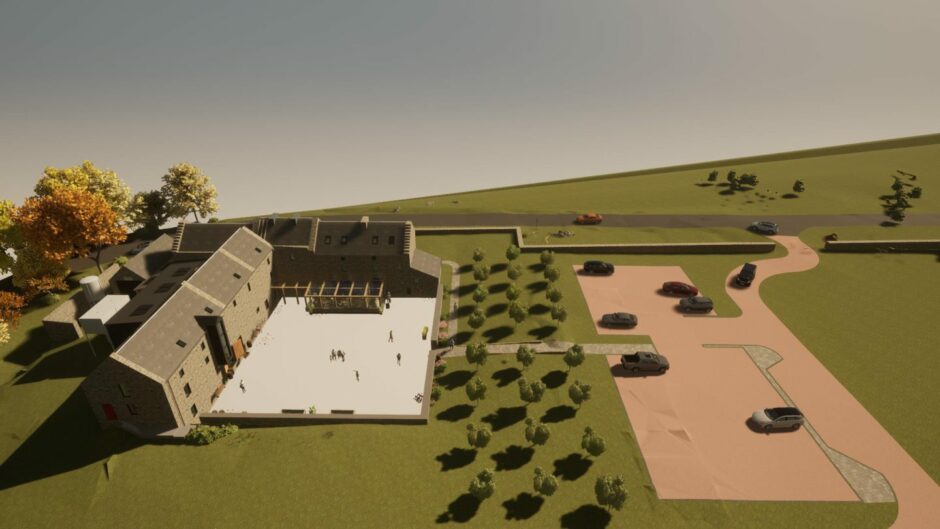
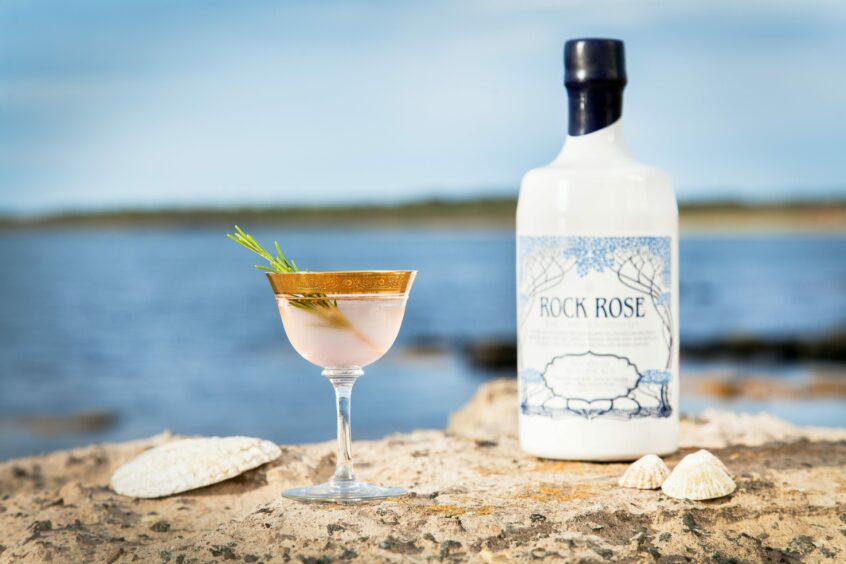






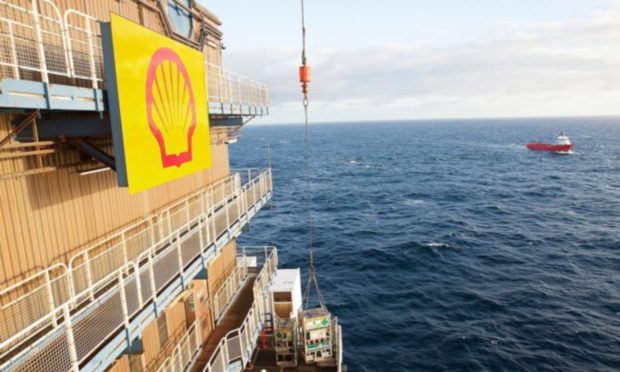


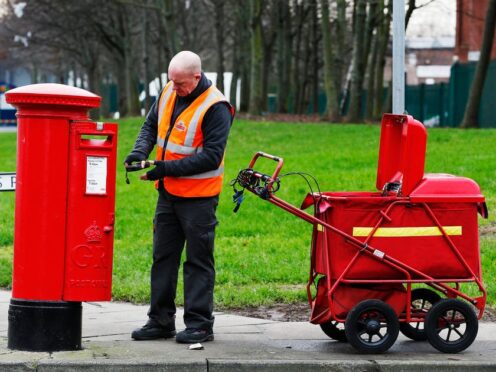

Conversation